Graphic design for advertising emerged as a key player during the 20th century, revolutionizing how brands connected with their audiences. Back then, there was a dominant style that guided most advertisements, but today, graphic design ideas for advertising are plentiful and diverse. Whether it's through bold typography or striking imagery, advertising design captures attention and communicates brand messages effectively. Though at first glance it might seem daunting to break into the world of advertising design, in truth, it is innovative and exciting--and it's currently experiencing a creative boom. Elevate your marketing strategies with these graphic design ideas for advertising and craft compelling campaigns of your own.
Brand identity
Graphic design plays a pivotal role in establishing a brand identity by visually conveying a company's core values and messages. Through strategic use of logos, typography, color schemes, and imagery, designers create a visual language that distinguishes a brand in the crowded marketplace. Meticulous attention to detail ensures that every design element is harmonious and aligns with the brand's personality, whether it's sleek and modern, quirky and playful, or traditional and trustworthy. This cohesive visual presence across various advertising channels not only fosters brand recognition and loyalty but also enhances the overall perception and emotional connection with the target audience.
Visual hierarchy
Visual hierarchy in graphic design for advertising plays a critical role in guiding the viewer's eye through a composition, ensuring that key messages are conveyed effectively and efficiently. It involves the strategic placement, size, color, and contrast of elements to establish an order of importance, allowing viewers to immediately grasp the focal point, whether it be a brand logo, a headline, or a call-to-action. By manipulating scale, designers can draw attention to certain aspects over others, with larger elements often serving as primary focal points, while smaller ones provide supporting information. Color and contrast further aid in emphasizing specific areas, with bold, vibrant hues and stark differences directing attention, and ultimately facilitating a seamless, intuitive viewing experience that aligns with the advertiser's objectives.
Color palette
A meticulously chosen color palette serves as a cornerstone in graphic design for advertising, as it subconsciously communicates brand values and evokes emotional responses from the audience. Colors can sway perception; a strategic blend of warm and cool tones can draw the viewer's eye, create a cohesive theme, and highlight key elements within the advertisement. Bright, vibrant colors may capture attention and suggest energy, youth, or innovation, while muted, pastel shades often convey sophistication, calm, or reliability. Selecting complementary or analogous sets can enhance visual harmony, whereas bold, contrasting hues can emphasize calls to action, ensuring the advertisement achieves its intended impact effectively.
Typography choices
Typography in graphic design for advertising plays a critical role in conveying the brand message and establishing a visual hierarchy. Choosing the right font family can dramatically impact the ad's tone, whether it aims to be sophisticated with a serif typeface or modern and clean with a sans-serif. Display fonts can serve as eye-catching elements for headlines, drawing the viewer's attention and anchoring the ad's message. Consistency in typography choices across various advertising platforms ensures brand recognition and strengthens the communication of the intended message.
Image composition
In advertising, image composition is paramount for capturing consumer attention and conveying brand messages effectively. Designers meticulously balance elements like color, line, shape, and form to guide the viewer's eye through the visual narrative seamlessly. A focal point is often established to anchor the composition, drawing attention to key elements such as product placement or brand logos. Negative space is strategically utilized to prevent a cluttered look and to emphasize important content, ensuring that the ad remains not only aesthetically pleasing but also impactful in a split-second glance in the consumer's busy environment.
Promotional materials
Graphic design for advertising, especially in the realm of promotional materials, involves a careful fusion of creativity and strategy to captivate the target audience and effectively communicate the brand message. Designers must harness color theory, typography, and imagery to create visually compelling brochures, flyers, posters, and digital graphics that align with the brand's identity and values. They ought to be acutely aware of the psychology of colors and shapes, utilizing these elements to evoke emotions and create a connection between the consumer and the product or service being advertised. Attention to detail and an understanding of the market are imperative to ensure that the design does not just aesthetically please but also engages, informs, and drives the audience toward a desired action, such as purchasing or seeking more information.
Target audience
When designing graphics for advertising, comprehending the target audience is paramount as it directly influences every creative and strategic decision. A design should resonate with the specific demographic's preferences and cultural nuances to effectively communicate the intended message. For a young, tech-savvy audience, vibrant colors, modern typography, and interactive elements might be dominant, whereas an older segment could be better engaged through understated palettes and traditional, easy-to-read fonts. Careful consideration of factors such as psychographics, which include values, interests, and lifestyles, allows the designer to tailor visual elements that evoke emotions, capture attention, and drive desired actions, ultimately fostering a connection between the brand and consumer.
Design elements
In the realm of graphic design for advertising, design elements such as color, typography, space, line, and texture play a pivotal role in creating visually compelling messages that capture a viewer's attention and communicate a brand's essence. Colors are expertly chosen, not just to align with brand aesthetics but to evoke specific emotions or psychological responses; warm shades might stimulate urgency or passion, while cooler hues can convey trust or serenity, tailoring the message to the target audience's psychological predispositions. Typography also holds significant weight in advertising, with font styles, sizes, and spacing carefully selected to enhance readability, convey tone and hierarchy of information; for instance, bold sans-serif fonts may project modernity and strength, whereas elegant serif fonts may suggest tradition and reliability. The strategic use of white space or negative space is crucial in balancing design compositions, preventing overcrowding, and guiding the viewer's eye to the most important elements; when combined with lines and textures, these elements work together to create rhythm and harmony, ensuring that the advertisement not only catches the eye but also lingers in the memory of its audience.
Advertising campaign
An advertising campaign in graphic design meticulously intertwines visual elements with strategic messaging to craft compelling narratives that capture the target audience's attention and evoke desired emotions, ultimately motivating consumer behaviors. Graphic designers meticulously select a cohesive color palette and typography, ensuring brand consistency while reflecting the campaign's tone and message. Imagery, whether through photography or illustration, plays a pivotal role, often needing to encapsulate the brand's essence and communicate complex ideas instantaneously. The layout, frequently dynamic, is engineered to guide the viewer's eye through a hierarchy of information, seamlessly marrying text and visuals for maximum impact across diverse platforms such as social media, print, and digital displays.
Marketing collateral
In the realm of graphic design for advertising, crafting effective marketing collateral involves a meticulous blend of aesthetics and strategy. Professional designers create visually compelling content that serves not only to capture attention but also to effectively communicate the brand's message and identity. This collateral, which includes brochures, flyers, posters, and digital assets, is carefully aligned with a company's current marketing objectives and target audience, ensuring consistency across all platforms. By utilizing elements such as typography, color theory, and imagery, designers are able to guide the viewer's eye and evoke emotional responses, thereby enhancing the persuasiveness and memorability of the advertisement.











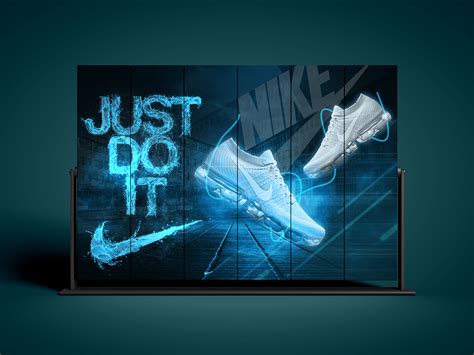
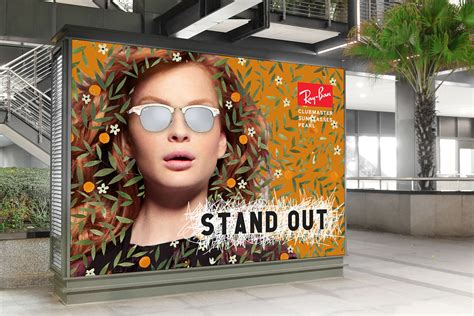
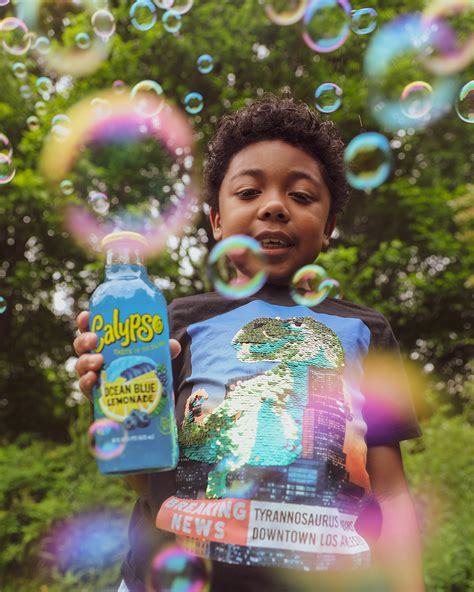
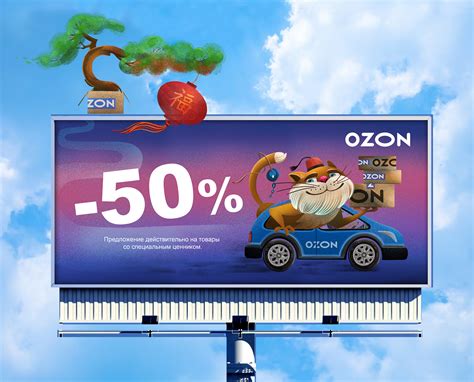
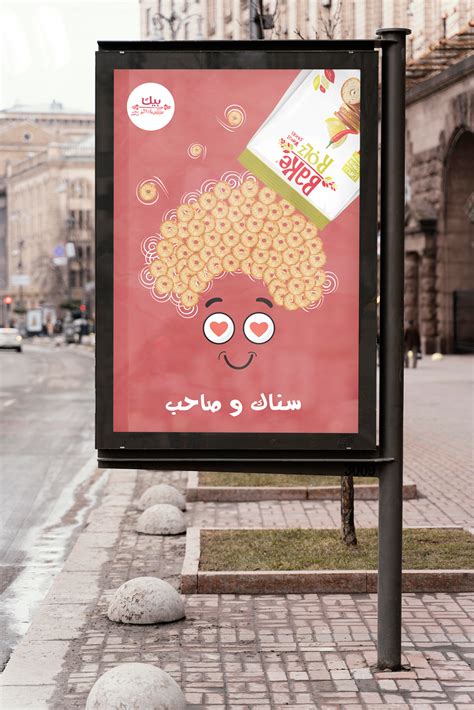
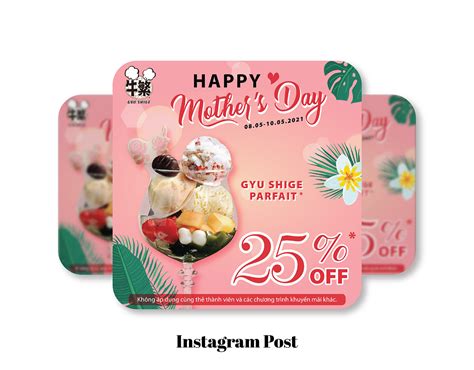
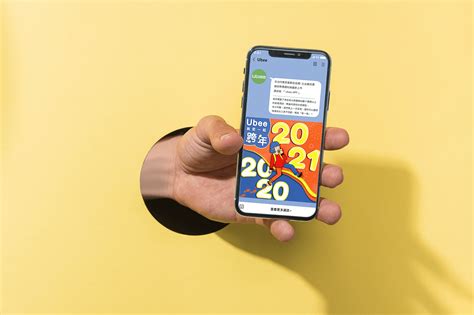
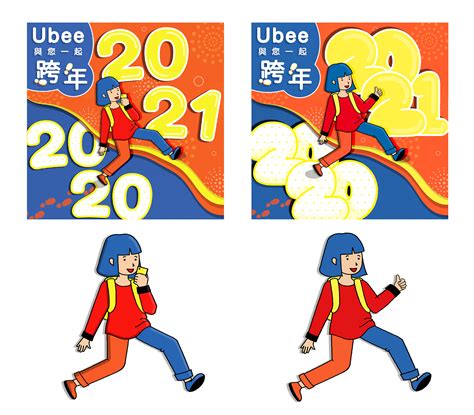
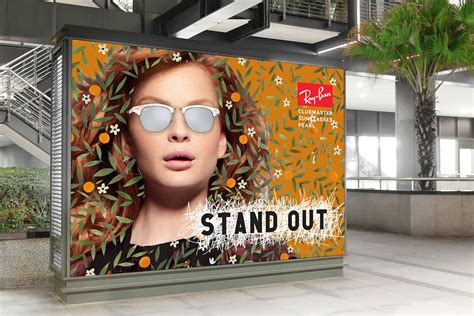

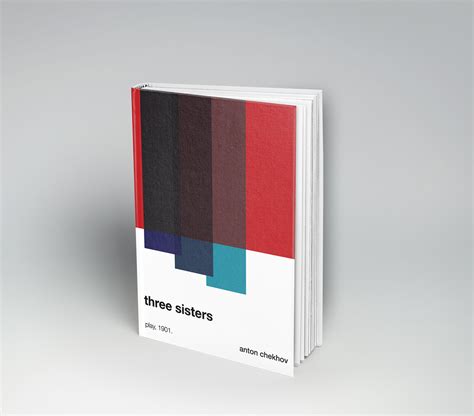
Leave a Reply
Your email address will not be published.